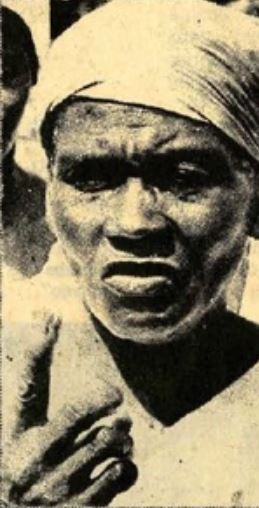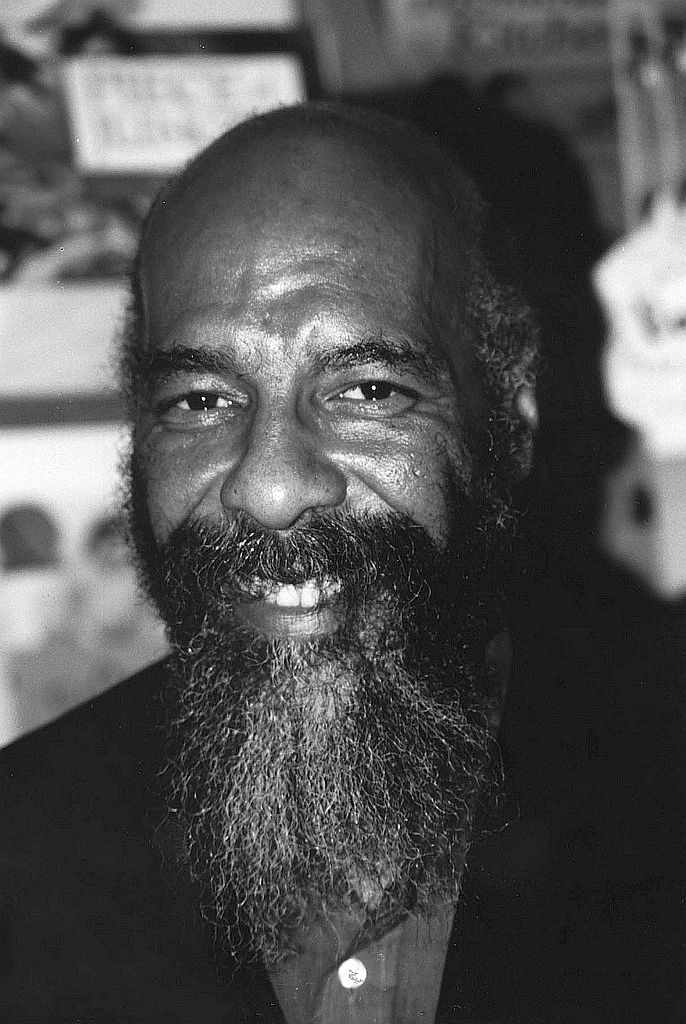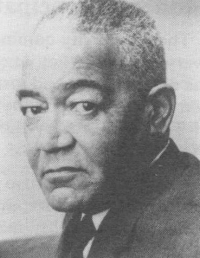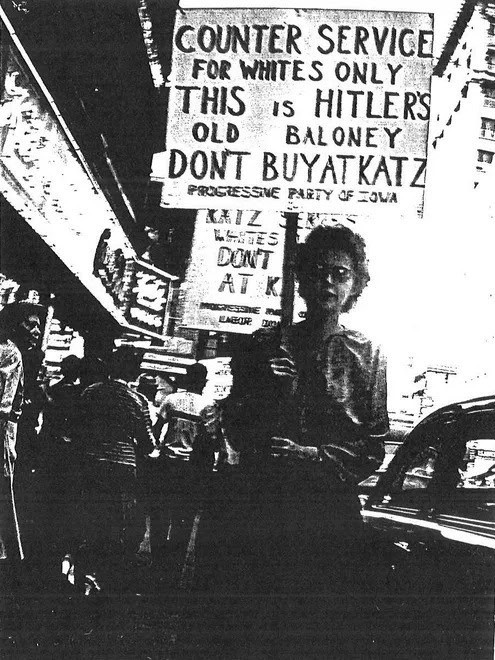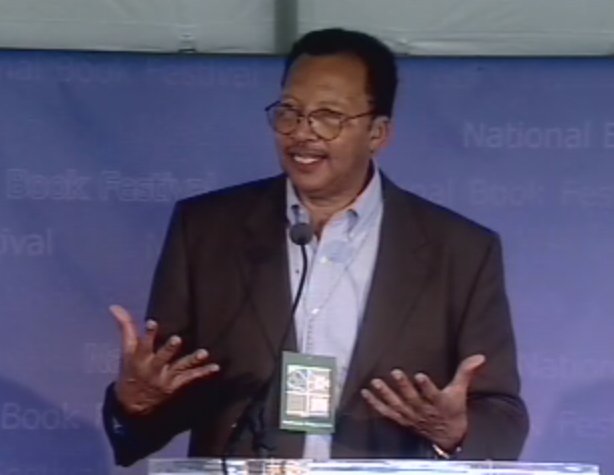Florinda Soriano Muñoz, also known as Mamá Tingó, was an Afro-Latina female activist for farmers’ rights within the Dominican Republic whose actions helped reclaim farmland for more than three hundred families within the Hato Viejo region.
Soriano received the nickname “Mamá Tingó” by her friends, who called her that due to her motherly nature. She was born in the Dominican Republic in Villa Mella on November 8, 1921. Her parents, Eusebio Aquino Soriano and Bonifacia Muñoz, were farmers. At age five, young Soriano was orphaned and was raised by her grandmother.
Soriano grew up in a farming family with no opportunity for formal education or consistent income. When she was 30, in 1951, she married a farmer, Felipe, and inherited her father-in-law’s small land plot. She began farming for herself in the Hato Viejo region of the Dominican Republic. She and Felipe hand one son, Domingo. In 1974, Muñoz realized that families around her were losing their generational farming land to a major landowner, Pablo Diaz Hernandez, through illegal land seizures. This led to Mamá Tingó to become a revolutionary and a symbol of activism.
Mamá Tingó joined the Federation of Christian Agriculture Leagues shortly after the land seizures began in 1974. She soon emerged as the group’s leader organizing and speaking at farmer protest rallies. The Dominican Republic government deemed these protests illegal and organized efforts to discredit Mamá Tingó as a radical, dark-skinned Dominican with no formal education or steady income.
The protests continued, however, and the government finally granted her a court hearing to present her land complaints. On the day of the court hearing, November 1, 1974, Mamá Tingó received news that her pigs got out, so she rushed back to her land to catch them. However, Pablo Diaz Hernandez had hired Ernesto Diaz to assassinate her and when she returned home, he was there. She fought Diaz with a machete but he fired his shotgun and killed her. She was 52 at the time of her death.
In response to the public outcry over her murder, the Dominican government was forced to return land that Pablo Diaz Hernandez had seized to more than three hundred impoverished farmers. She won in death what she had struggled for in her protests. Mamá Tingó is now remembered as a symbol of activism and freedom for the Dominican people. She is honored by a statue in Santo Domingo Plaza in the town of Monte Plata.

